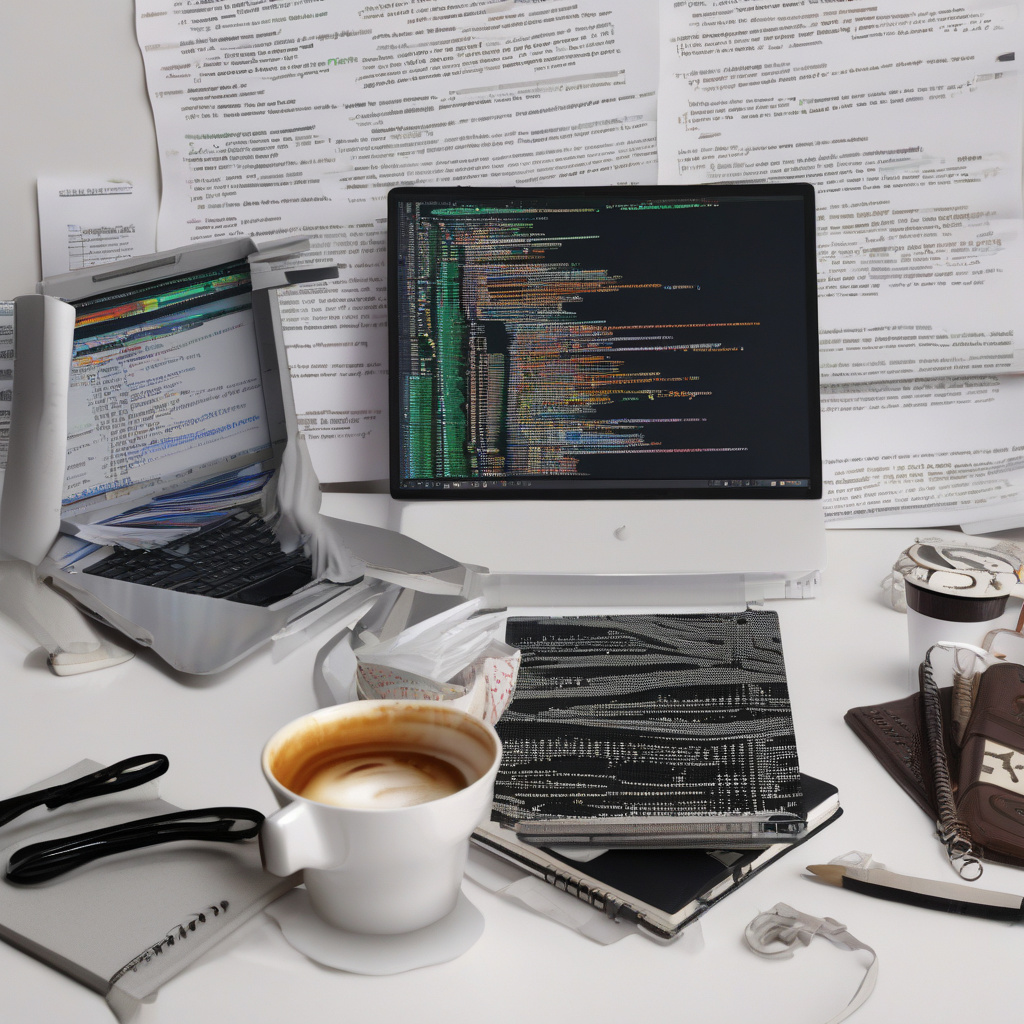Title: Stop Writing Messy Python: A Clean Code Crash Course
In the world of programming, Python stands out as a versatile and powerful language known for its readability and ease of use. Writing Python code that functions correctly is one thing, but crafting code that is clean, readable, and maintainable is a skill that sets apart novice programmers from seasoned professionals. This is where a deep understanding of clean code principles comes into play.
When it comes to Python, adhering to clean code practices is essential for several reasons. Firstly, clean code enhances readability. Imagine coming back to your code weeks or months later; clean and well-structured code allows you to quickly grasp its logic and make necessary modifications without getting lost in a sea of confusion.
Additionally, writing clean Python code promotes maintainability. By following best practices and conventions, such as adhering to consistent naming conventions, organizing code logically, and properly commenting your code, you make it easier for yourself and your colleagues to maintain and build upon the codebase in the future. This means fewer bugs, faster debugging, and smoother collaboration within your team.
One fundamental principle of clean code is the DRY (Don’t Repeat Yourself) principle. This principle emphasizes the importance of code reusability and maintaining a single source of truth. By avoiding duplicating code snippets throughout your project, you not only reduce the chances of introducing bugs but also make it easier to update and maintain your code in the long run.
Furthermore, adhering to the Single Responsibility Principle (SRP) is crucial when writing clean Python code. This principle states that a function, class, or module should have one and only one reason to change. By keeping your code focused and modular, you ensure that each component of your codebase has a clear and well-defined purpose, making it easier to test, debug, and maintain.
Another key aspect of writing clean Python code is proper documentation. While clean and self-explanatory code is essential, supplementing it with clear and concise comments can provide valuable insights into the logic behind the code. By documenting your code effectively, you not only help yourself understand complex algorithms or business logic but also assist your colleagues in navigating the codebase efficiently.
In conclusion, mastering the art of writing clean Python code is a valuable skill that can elevate your programming prowess to new heights. By following clean code principles such as DRY, SRP, and emphasizing clear documentation, you can create code that is not only functional but also maintainable, scalable, and a joy to work with. So, the next time you sit down to write Python code, remember: stop writing messy code and start embracing the elegance of clean code practices. Your future self and your team will thank you for it.

